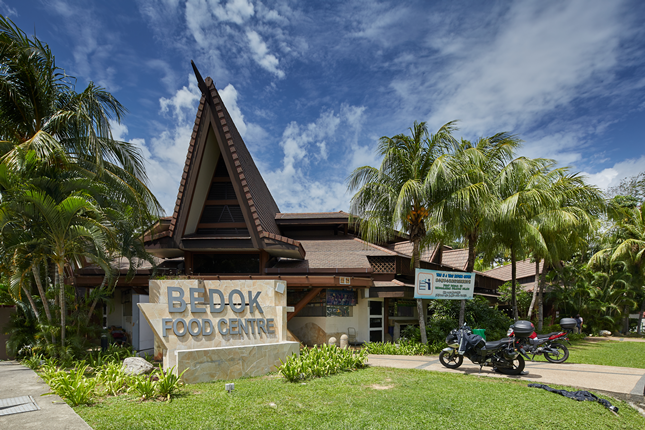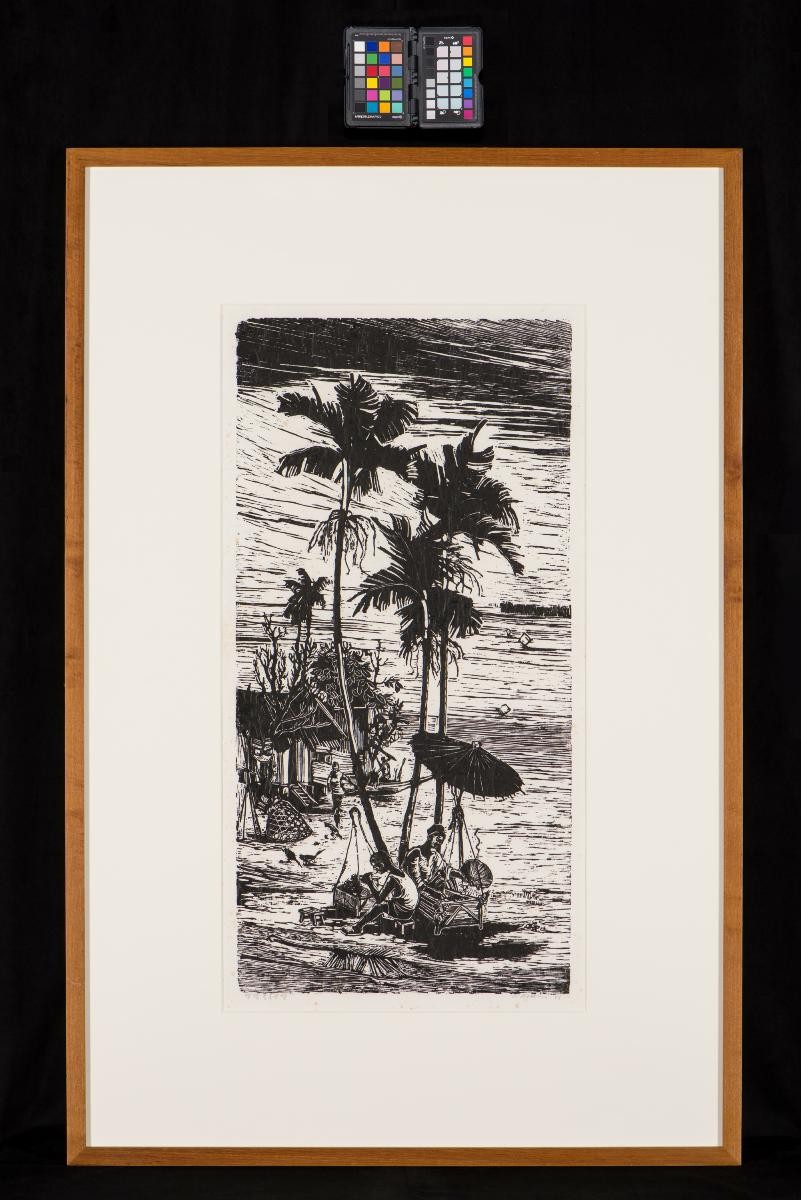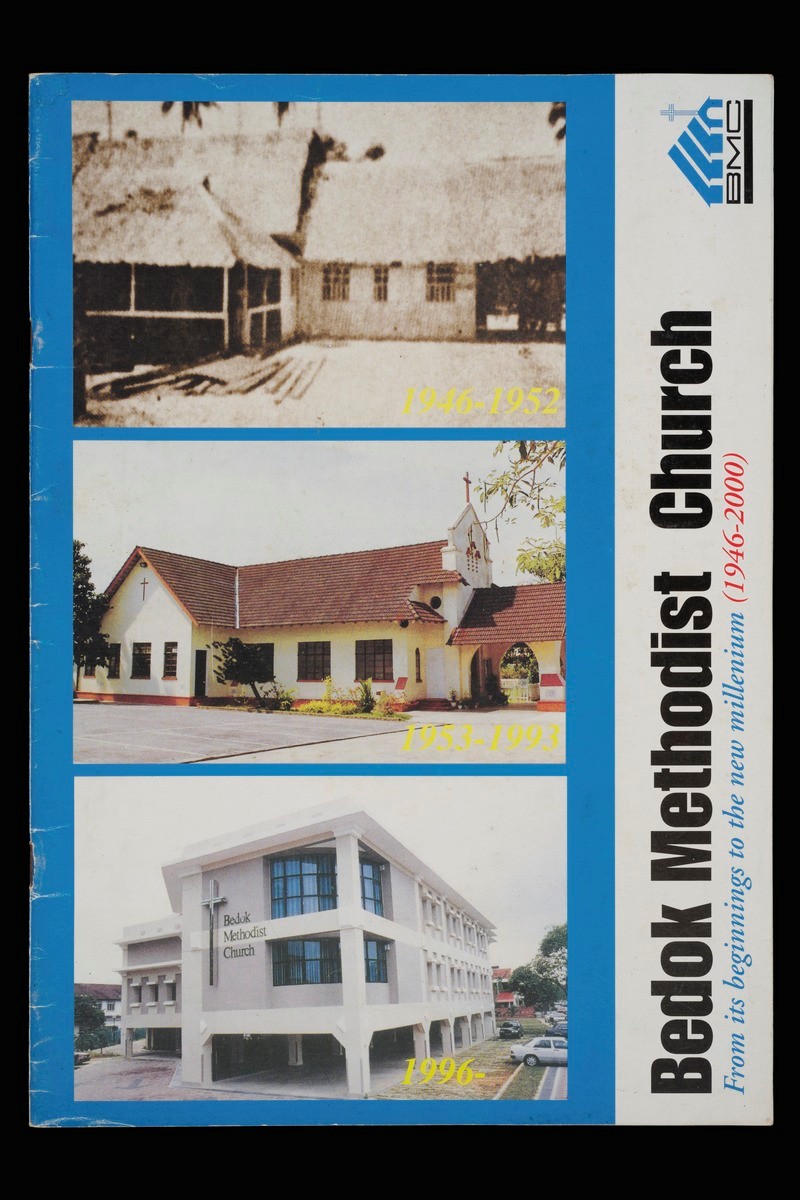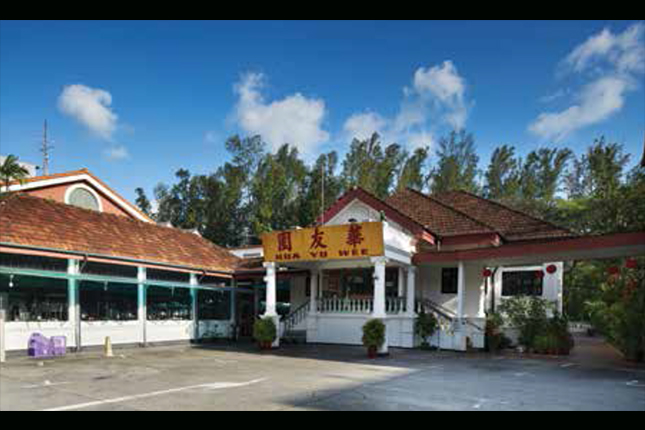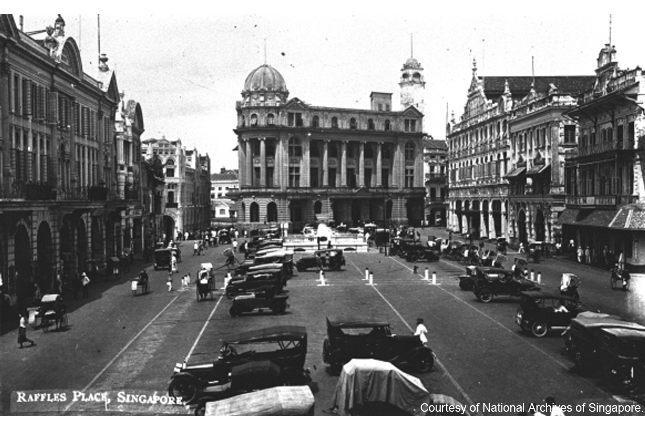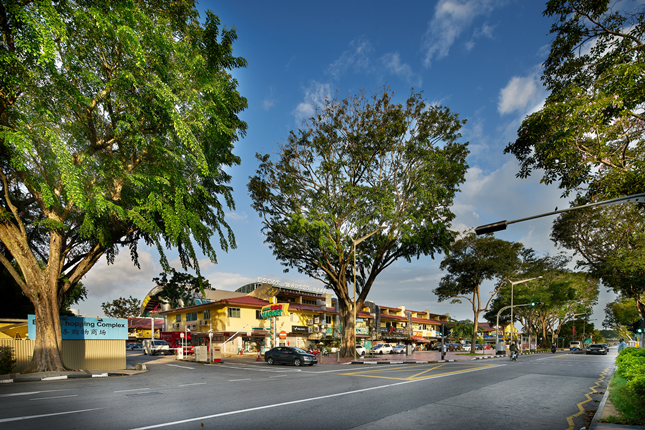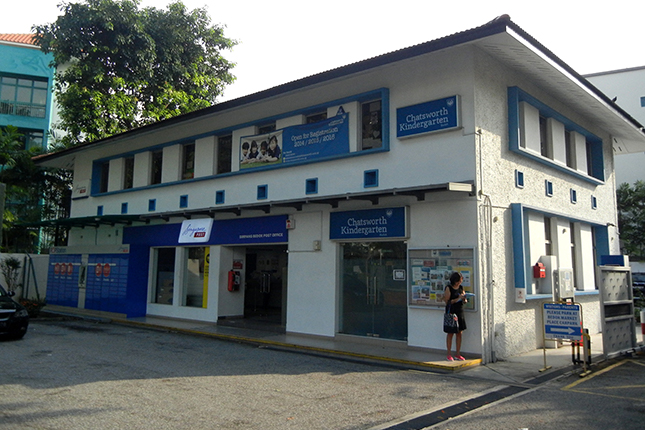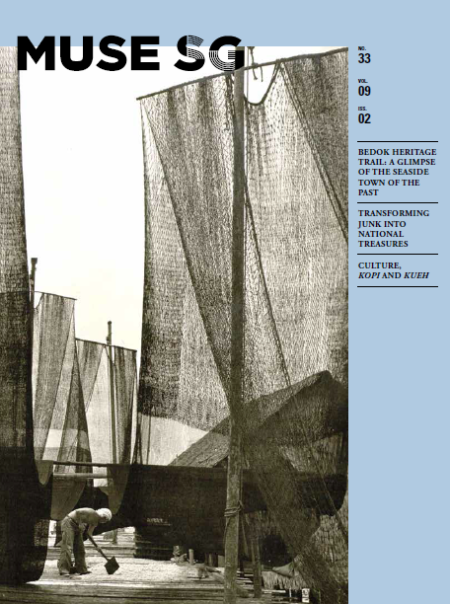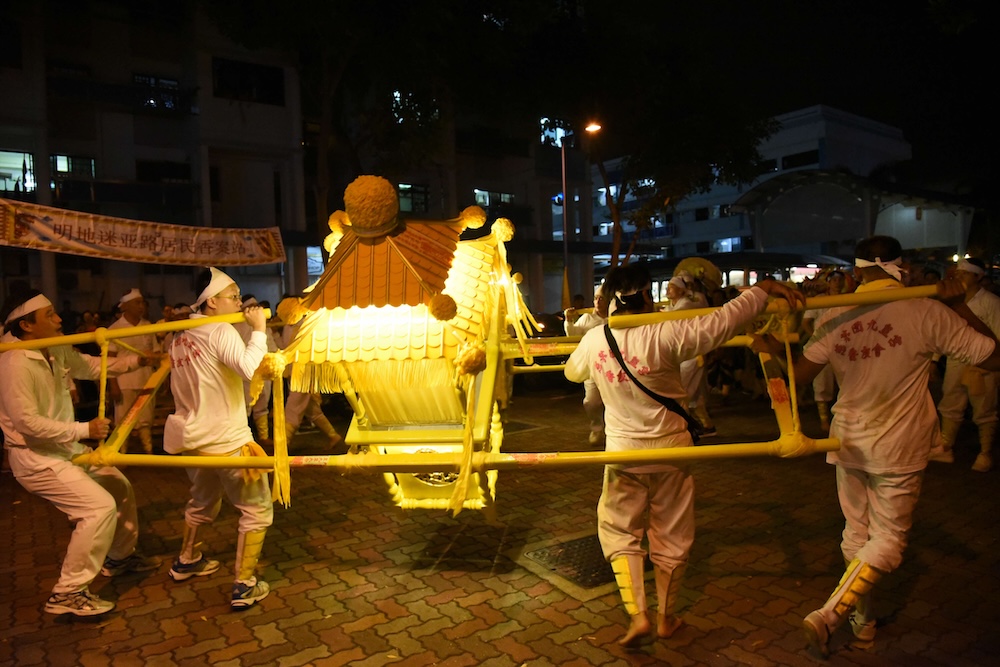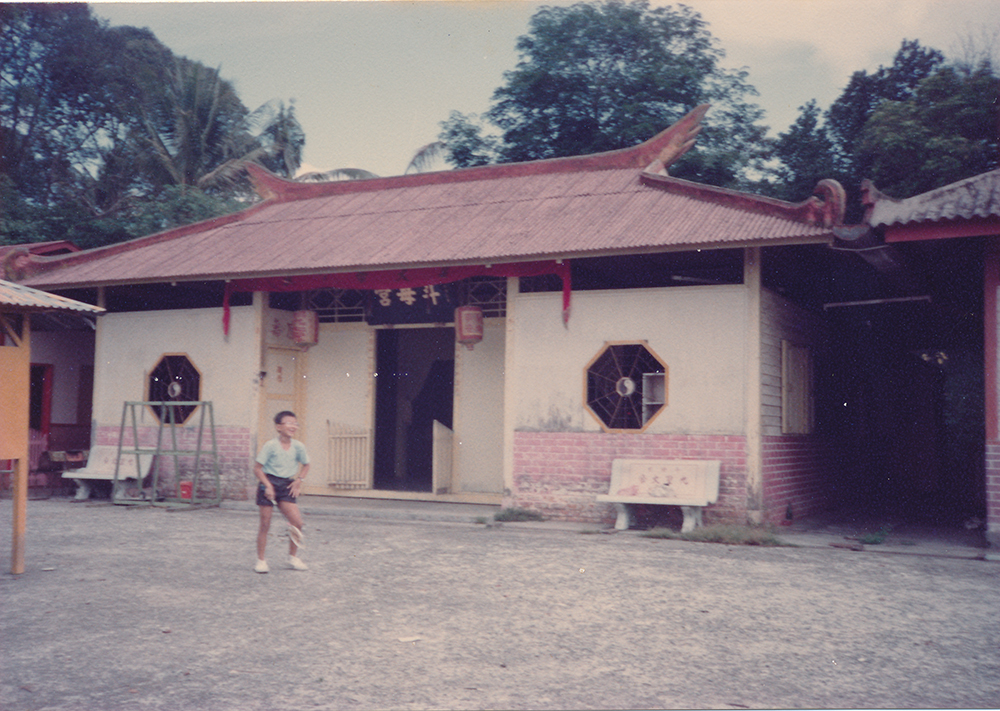This area, affectionately known to long-time residents as Bedok Corner, was formerly Kampong Bedok Laut and Kampong Bedok Darat, founded in the 1850s, with the former village facing the sea. According to oral history accounts, Kampong Bedok Darat was started by a young fisherman, Haji Abdul Salam, from Johor Lama, while Kampong Bedok Laut was started by a farmer, Abdul Wahab, from Java. In addition to rubber plantations and farms, this area was also home to upscale restaurants and holiday beachside homes.
Most of the villagers were plantation workers, farmers and fishermen, or worked in industries that serviced the British army based out of Changi. Some worked as hawkers, restaurant staff, construction workers, tailors and hairdressers. Many villagers planted tapioca, vegetables and corn. They also collected coconuts from coconut and nipah palms scattered around the kampong (“village” in Malay) and sold them to coconut wholesalers as an additional source of income.
In the 20th century, the rubber tree plantation that was previously Kampong Bedok Darat became a vibrant centre of Malay life, with street names reflecting the community uses for these streets. For example, Jalan Kathi is derived from the Malay term for “solemniser of marriages” and Jalan Greja from the Malay word for “church”. The Masjid Al-Taqua along Jalan Bilal served as a hub for Muslims while Chinese vegetable farmers in this area used its morning call to prayers to tell the time.
Jalan Haji Salam, a neighbouring street, is where the grand 1920s residence Villa Kahar still stands. This villa was owned by and named after Haji Kahar Abdul Ghani, a rich businessman from Palembang, who made his fortune from plantations and property. It was later sold to Dr Lee Choo Neo, Singapore's first female doctor, who was also wife to prominent businessman Teo Koon Lim and aunt to Singapore’s first Prime Minister, Lee Kuan Yew. The villa retains an elegant symmetry with a kampong-style outhouse fronting Bedok Avenue. The villa was known as a venue for parties, operas and other post-regatta entertainment.
The nearby Bedok Food Centre, completed in 2005 to replace another hawker centre built in 1971, features architecture in the Minangkabau style (which comes from the highlands of Sumatra, Indonesia) such as distinctive steeply pitched roofs. The food centre’s interior is arranged around a central courtyard and recalls the communal life of Bedok's kampong past.




